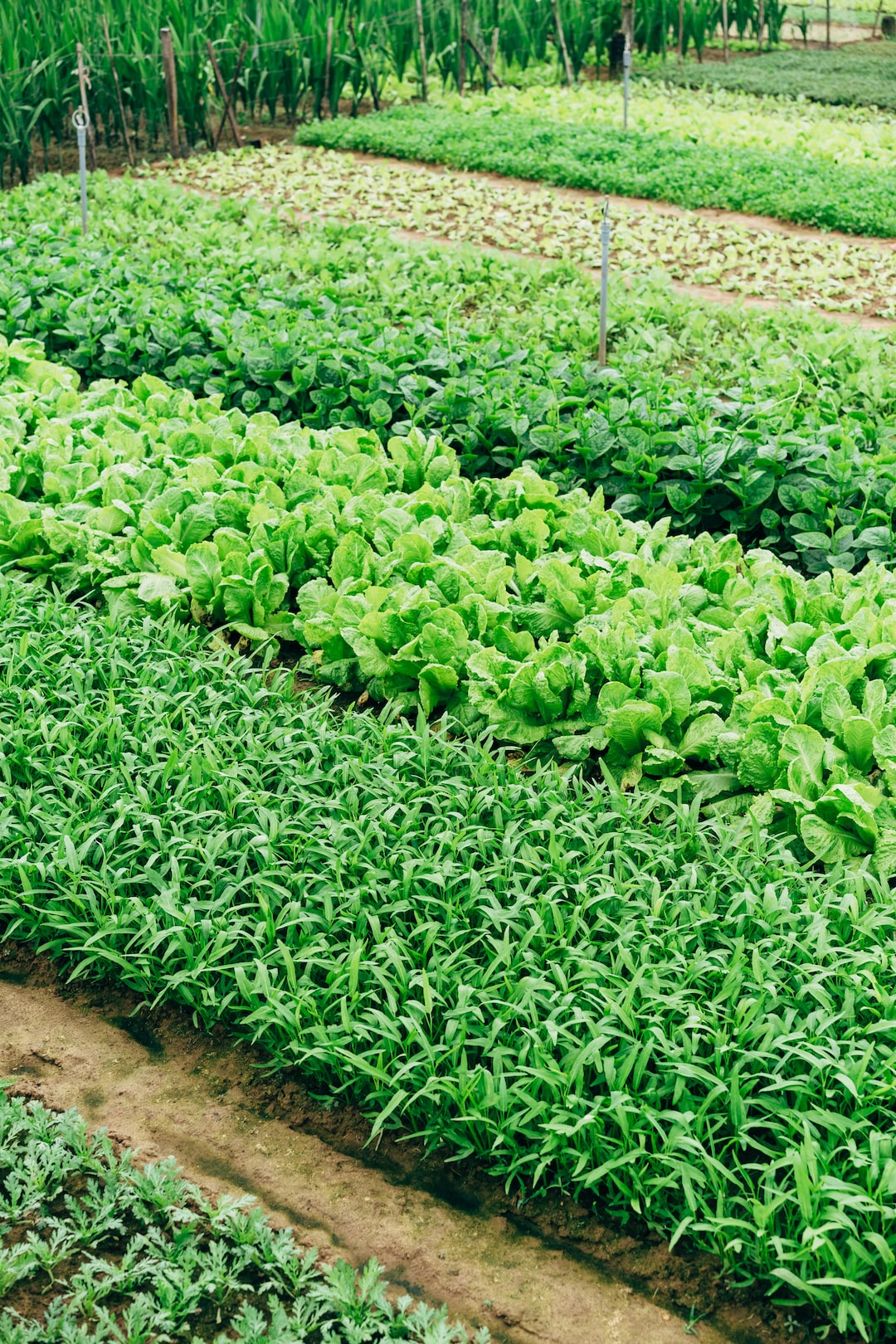Designing a Low-Maintenance Garden That Suits Your Busy Lifestyle
In today’s fast-paced world, finding time for relaxation and leisure activities can be a challenge. As a result, many people seek ways to create spaces that require minimal upkeep, marrying their love for nature with their busy lifestyles. Designing a low-maintenance garden can be the perfect solution, providing an oasis of tranquility without demanding excessive time and effort. Here, we will explore some key tips and ideas to help you create a low-maintenance garden that suits your busy lifestyle.
1. Choose Native Plants: When selecting plants for your garden, opt for species that are native to your region. Native plants are well adapted to the local climate, making them easier to maintain. They require less water, fertilizer, and pest control, reducing the need for constant attention and care. Consider incorporating ornamental grasses, shrubs, and flowers that are compatible with your area’s conditions, ensuring minimal maintenance and maximum beauty.
2. Embrace Perennials: Perennial plants are a low-maintenance gardener’s best friend. Unlike annuals that require replanting each year, perennials come back season after season. They require less watering, weeding, and pruning, allowing you to spend more time enjoying your garden and less time tending to it. Consider planting perennials such as coneflowers, daylilies, and salvias that not only bloom for extended periods but also attract pollinators, adding life to your garden.
3. Plan for Easy Maintenance: Proper planning is crucial when designing a low-maintenance garden. Consider creating clearly defined garden beds with suitable edging materials to minimize weed invasion. Opt for mulching the beds to inhibit weed growth and reduce watering needs. Installing an automated irrigation system can also save you time and ensure your plants receive consistent moisture. Additionally, include pathways or stepping stones for easy access and maintenance, ensuring that you won’t have to trample on delicate plants.
4. Limit Lawn Size: Lawns require regular mowing, watering, and maintenance, which might not align with your busy schedule. Minimizing the size of your lawn can significantly reduce the time and effort needed to keep it in pristine condition. Consider replacing portions of your lawn with low-maintenance alternatives, such as ground covers, gravel, or even artificial turf. These alternatives not only require less upkeep but can also enhance visual interest, offering a unique touch to your garden.
5. Create a Well-Structured Design: A well-structured garden design does wonders for maintenance. Incorporate hardscaping elements to define different areas of your garden, such as patios or decks, that require less upkeep. This not only adds functionality but also reduces the amount of garden space that needs tending. Integrate low-maintenance features like built-in planters or raised beds, which can be easily managed and ensure that your plants are well-contained.
6. Choose Drought-Tolerant Plants: If you live in an area prone to drought or experience water restrictions, opt for drought-tolerant plants. These species have adapted to arid conditions and require minimal watering once established. Succulents and cacti are great examples of drought-tolerant plants that thrive with little intervention. By incorporating plants that can withstand extended periods without water, you can enjoy a vibrant garden without constant maintenance.
7. Minimize Monoculture: Avoid planting large numbers of the same species, as this increases the risk of disease and pest problems. Diversify your garden by mixing different types of plants, which not only adds visual interest but also reduces the likelihood of widespread issues. A variety of plants can create a more resilient ecosystem, balancing the overall maintenance requirements and minimizing the need for constant intervention.
Designing a low-maintenance garden doesn’t mean compromising on beauty or enjoyment. By carefully selecting plants, planning for easy maintenance, and creating a well-structured design, you can strike a balance between your love for nature and your busy lifestyle. Implement these strategies to create a garden that allows you to relax, recharge, and reconnect with nature while keeping your time and energy focused on other aspects of your life. Let your garden be a sanctuary that nurtures your soul without demanding constant attention.

